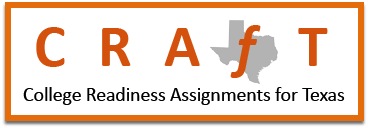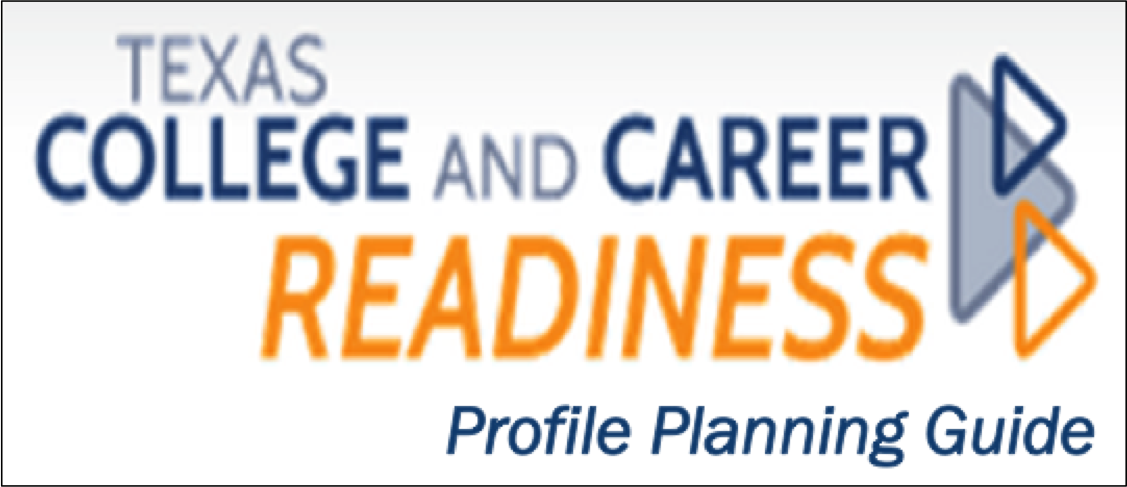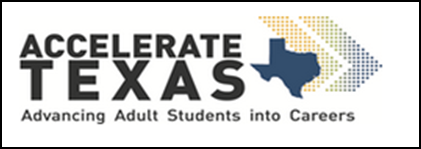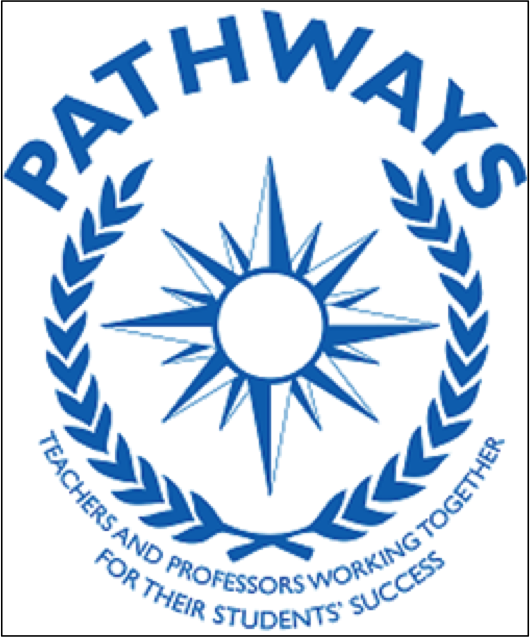Adventures of AVATAR
September 2014 | Houston, Texas
BY: Jean Keller and Mary Harris
AVATAR (Academic Vertical Alignment Training and Renewal) started in 2011 with pilot testing of its professional development processes in Educational Service Center (ESC) Regions 10 and 11, which are both members of the North Texas Regional P-16 Council. Pilot Testing led to development of a model for discussing and creating vertical alignment within courses. In 2012-13, AVATAR started 11 additional regional partnerships. Recently, leaders from each region met with experts from the Texas High Education Coordinating Board (THECB) and the Texas Education Agency (TEA) to review this work of vertical alignment and explore next steps for a larger AVATAR statewide network.
AVATAR was started to support vertical alignment of courses across secondary and post-secondary education. Adoption of the Texas College and Career Readiness Standards (CCRS) and their incorporation into the Texas Essential Knowledge and Skills (TEKS) created the necessity for this work. The goal of AVATAR is for students within a particular regional educational pipeline to complete high school ready to succeed in college without the need for remedial courses in mathematics, English language arts, and sciences. Key participants are high school and two and four-year college teachers, and the leaders and workforce partners who support them. Research (Wishnick, 1989, as cited by Squires, 2009) has demonstrated that curriculum alignment can be more powerful than gender, socioeconomic status, or teacher variables in predicting student achievement when content, instruction, assignments, and assessments are aligned.
The AVATAR model assigns roles to participants from at least one school district, one two-year college, one four-year college, an ESC, and a P-16 Council or other workforce council. Leading roles within the partnership are played by members of a vertical alignment team (VAT) who engage in a process of Critical Conversations about alignment from the perspectives of state standards, course syllabi with associated assignments, instruction, assessments, academic support services, counseling, family and school cultures and expectations, and accountability data. Participation in critical conversations often leads VAT members to visit in one another’s classrooms, take one another’s tests, and consider deeply how students in their region experience discipline courses from year to year. VAT members look at local data that provide detailed feedback about how students from their institutions perform academically at the next level of education or in careers.
A survey of AVATAR regional partnerships completed on June 6, 2014, showed that in all regions, VATS compared high school and college course syllabi and assignments in English language arts, mathematics, and/or chemistry with attention to the TEKS and CCRS and reached out to school counselors and to college advisors. Also, in all regions, VATs led professional development for other teachers based on what they had learned. In most regions, VAT team members looked at college entry assessments including the new Texas Success Initiative (TSI) and attended to Career and Technical Education (CTE) connections at the local level. A few regions reported use of the CRAfT lesson plans, the Profile Planning Guide, collaboration with Pathways, and/or outreach to families and communities. Statewide, AVATAR published four articles (Mason & Keller, 2013; Harris & Keller, 2014a & b; Keller, 2014) and made 34 presentations to external groups about our work.
The AVATAR model provides for Critical Conversations in the first year to be followed by development of a regional Action Plan intended to better align courses for students in a particular pipeline and content area. Implementation of Action Plans continues into the second year of AVATAR and beyond. Action Plans require VATs and their partners to focus on a particular aspect of alignment. Examples of projects undertaken to promote common understandings among teachers including “unwrapping the standards” in Region 20, lesson study in Region 9, and learning from students’ interactive notebooks in Region 16. In Region 12, teams of teachers used the CRAfT lessons as a starting point for lesson study. In Region 11, English Language Arts teachers explored writing across the curriculum with Career and Technical Education (CTE) teachers. Region 6 developed a guidebook for alignment of high school and college writing. In every case, involvement of the VAT in Action Plan implementation led to their sharing with others through conferences of the ESCs and/or professional development sponsored by early college high schools (Region 1), community colleges, or university departments.
In its first three years, the focus of AVATAR has been on readiness and success of students as they enter higher education core curriculum courses. Participants value the AVATAR process because it gives them a way to address dramatic differences in practice between high school and college. Often these differences can be corrected by use of common vocabulary or scoring rubric, changing the grading policy, or aligning expectations of students. Most exciting are stories of students who moved from high school to college with success that could be attributed, at least in part, to alignment effected by the work of a regional VAT. In an example from Region 10, a college mathematics instructor changed her policy of expecting students would complete their homework without intervention. As an innovation, she gave online feedback for each of the first three homework assignments. This led to significantly higher homework completion, which led to better test grades and student retention in the course.
With the passage of HB 5, with its emphasis on school district collaboration with higher education and workforce partners, AVATAR teams in some regions became involved very early because of the rapport and relationships already developed between secondary and postsecondary faculty and administrators. In Regions 2, 7, and 15, for example, VATs were leaders in development of College Preparatory Courses in Mathematics or English Language Arts. Because of the timeliness of this work, THECB invited AVATAR to apply its process to further development and evaluation of College Preparatory Courses in all ESC regions that choose to participate in 2014-15. Next steps for AVATAR embrace College Preparatory Courses, as well as core curriculum, as vehicles for vertical alignment. Stay tuned for more exciting Adventures with AVATAR.
References:
Keller, J. (May 21, 2014). A process for educational vertical alignment in Texas. The Evolllution. Originally posted at http://www.evolllution.com/media.resources/process-education-vertical-alignment-texas/
Harris, M., & Keller, J. (April, 2014) AVATAR: Aligning Algebra II and college mathematics. College and Career Readiness Network Digest. 6. http://www.txccrn.uh.edu/news/TXCCRN%20News/index.php
Harris, M., & Keller, J. (February, 2014). AVATAR: A statewide vertical alignment. Texas College and Career Readiness Network Digest. 5. http://www.txccrn.uh.edu/news/TXCCRN%20News/index.php
Mason, D., & Keller, J. (Mary, 2013). Curriculum alignment in Texas: Impact on preparing high school students for college level chemistry. Leaders of Learners, 5(2), 15-21.
Wishnick, K. T. (1989), Relative effects of achievement scores on SES, gender, and teacher effect and instructional alignment: A study of alignment’s power in mastery learning, Unpublished doctoral dissertation, University of San Francisco, CA, cited in D. A. Squires, (2009), Curriculum alignment: Research-based strategies for increasing student achievement, Thousand Oaks, CA, Corwin.


 Show Printable Version
Show Printable Version




